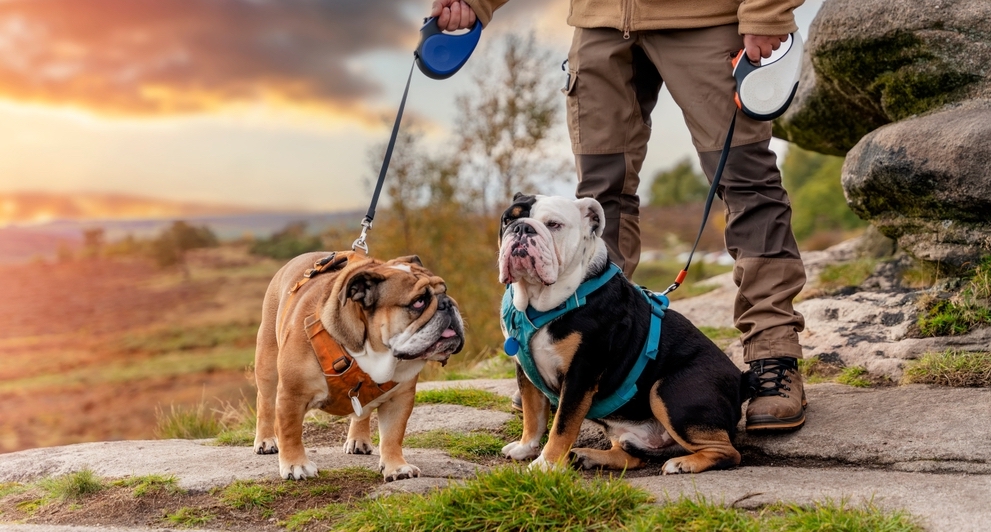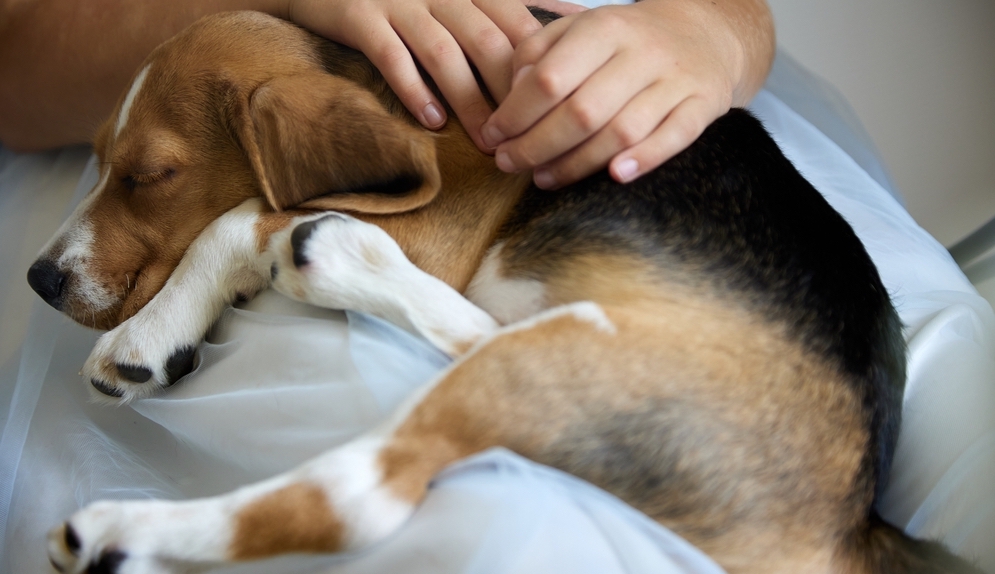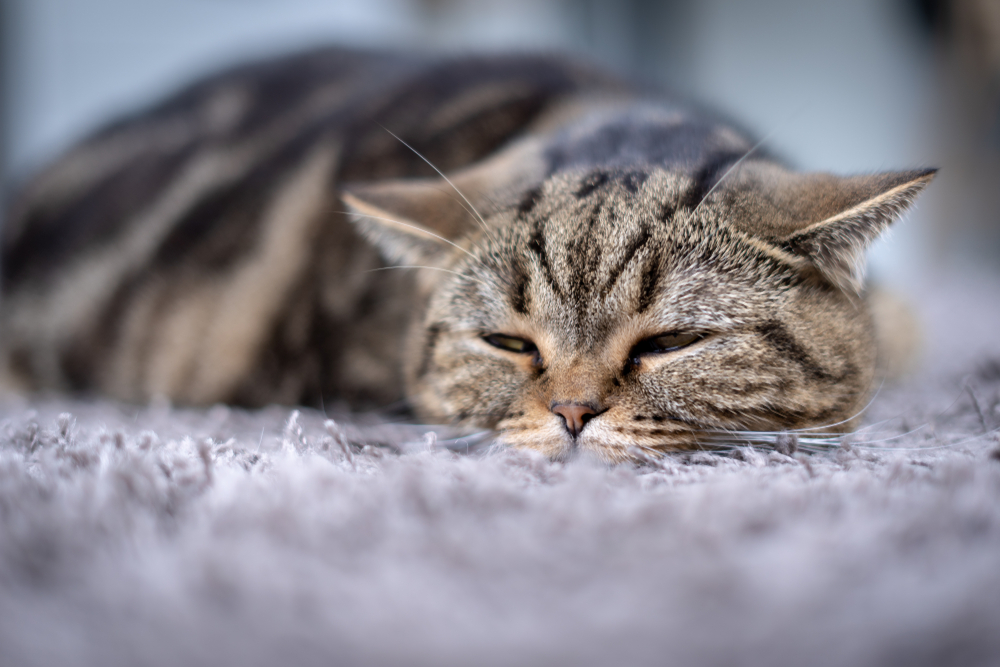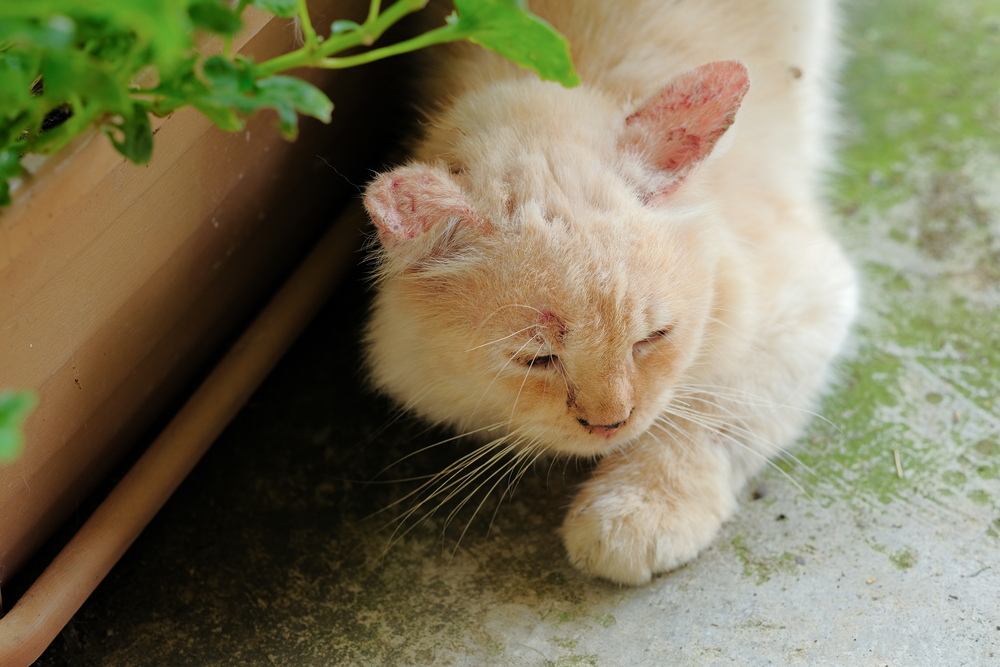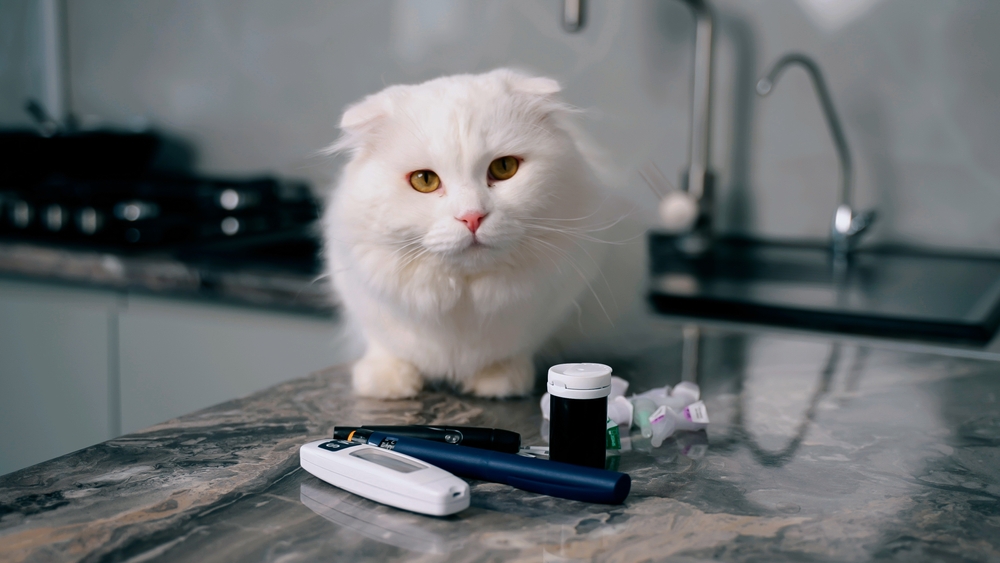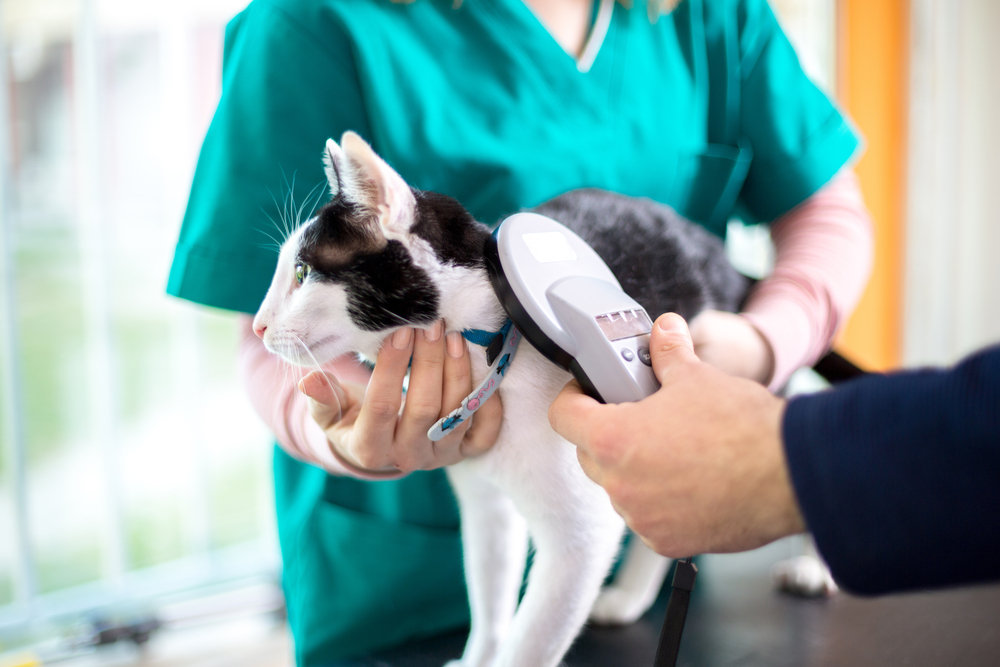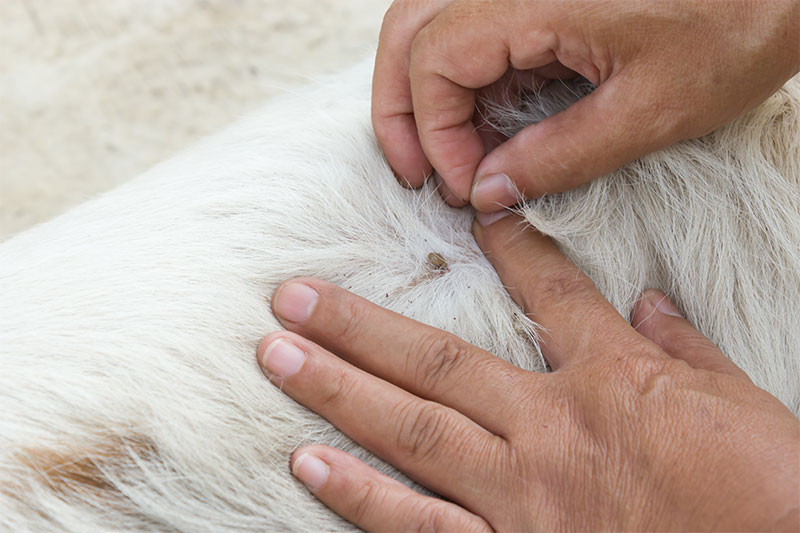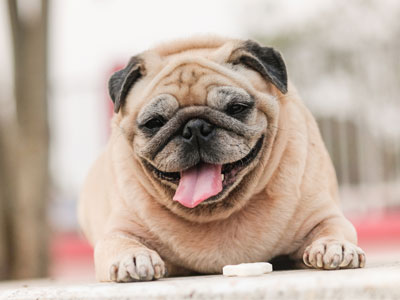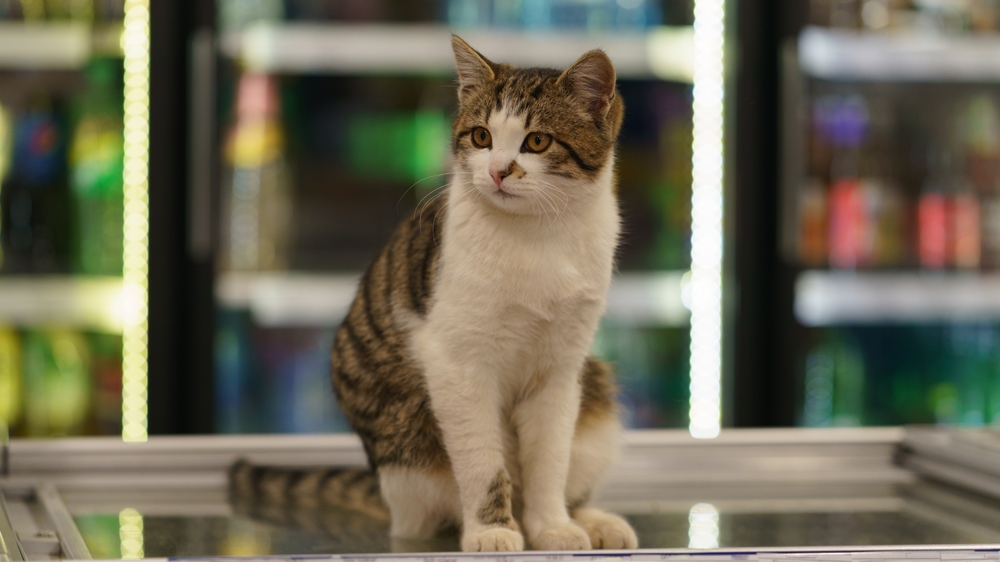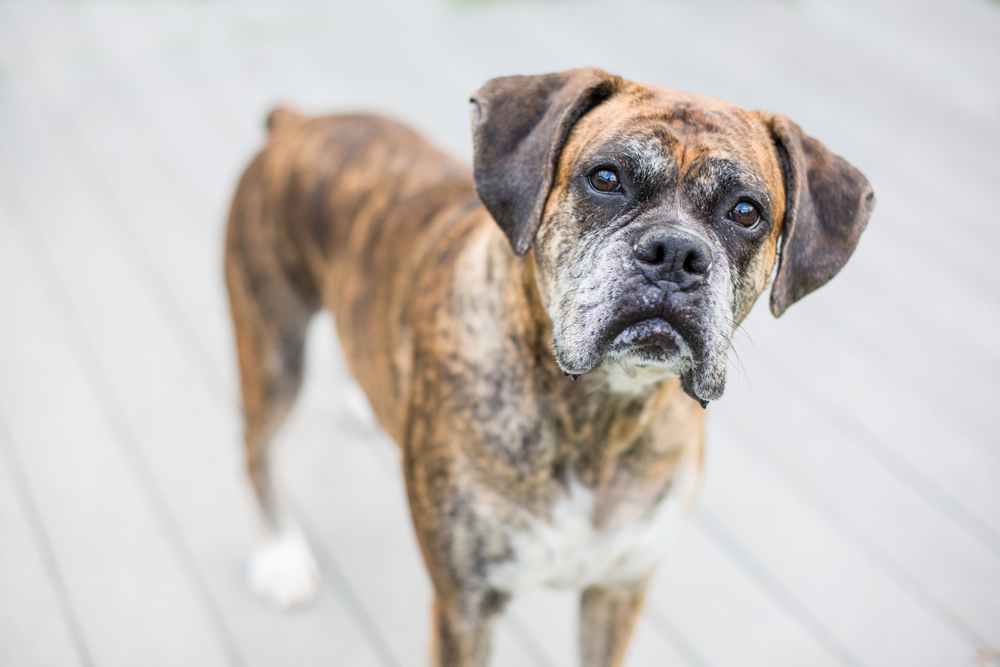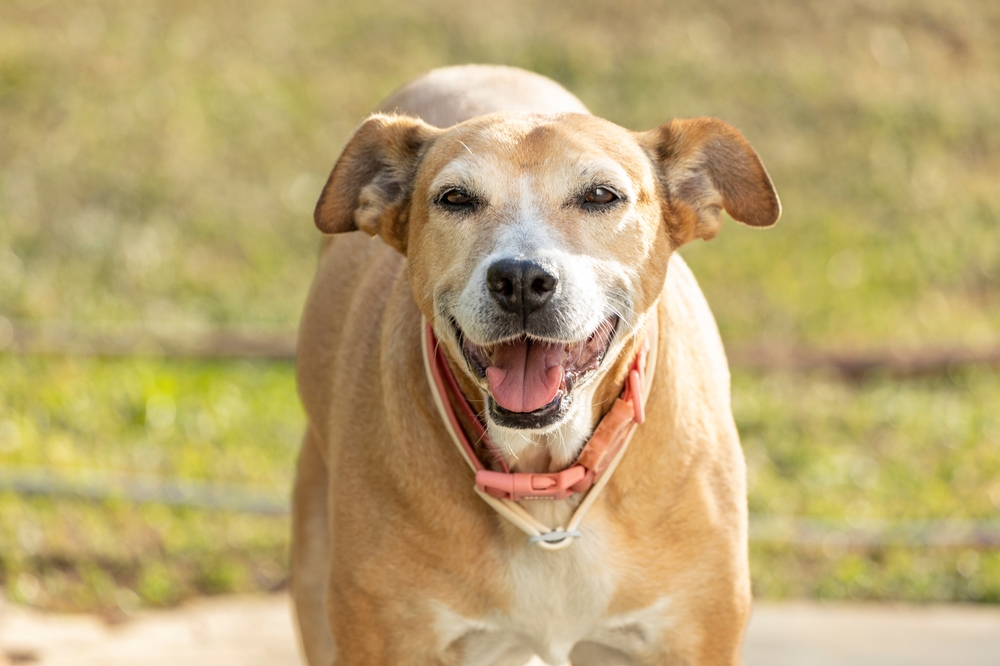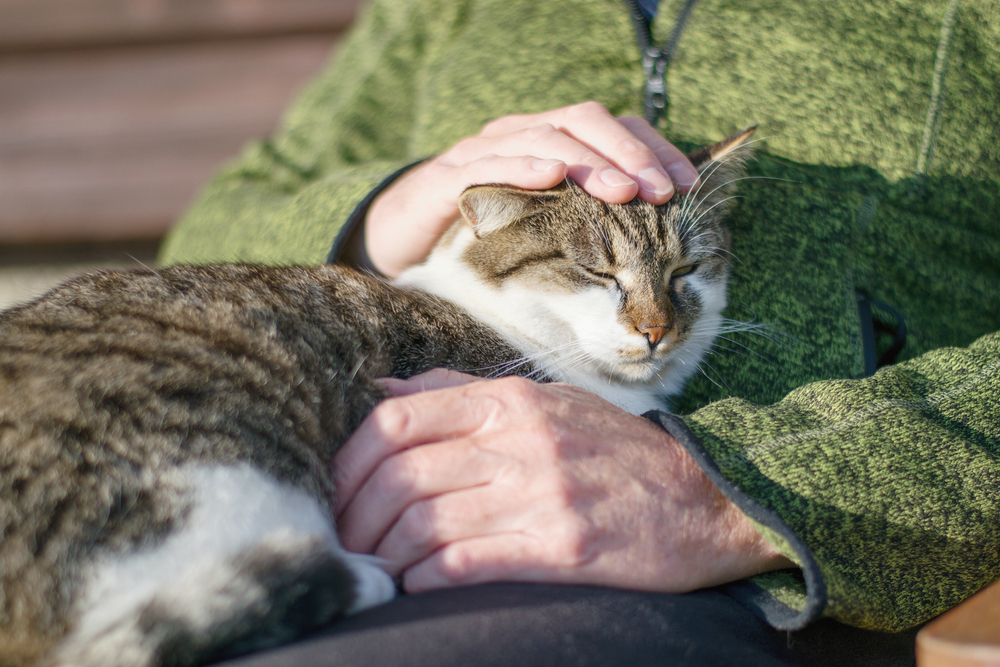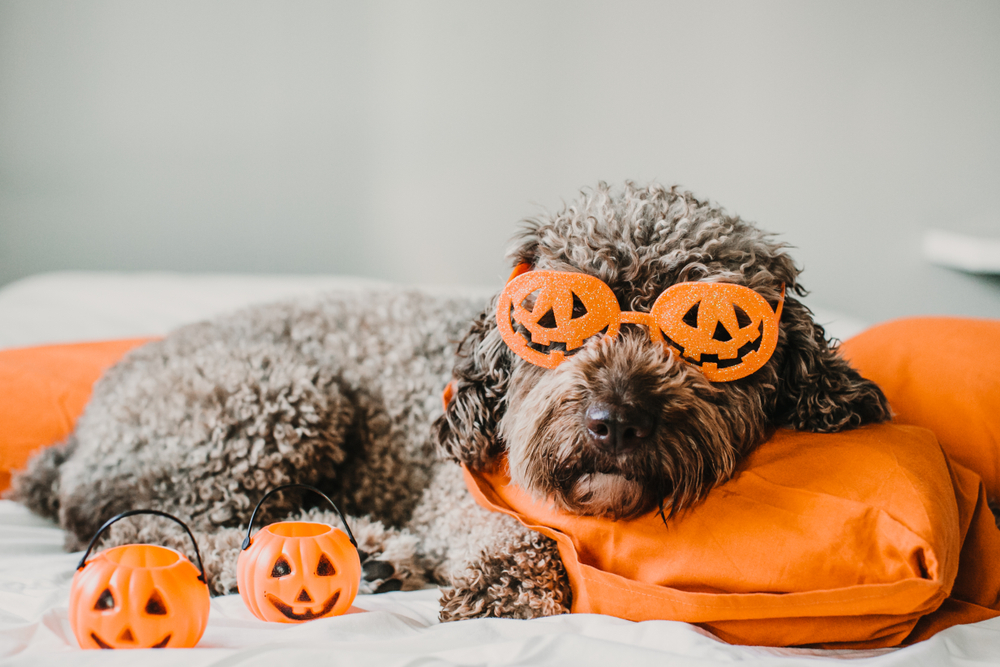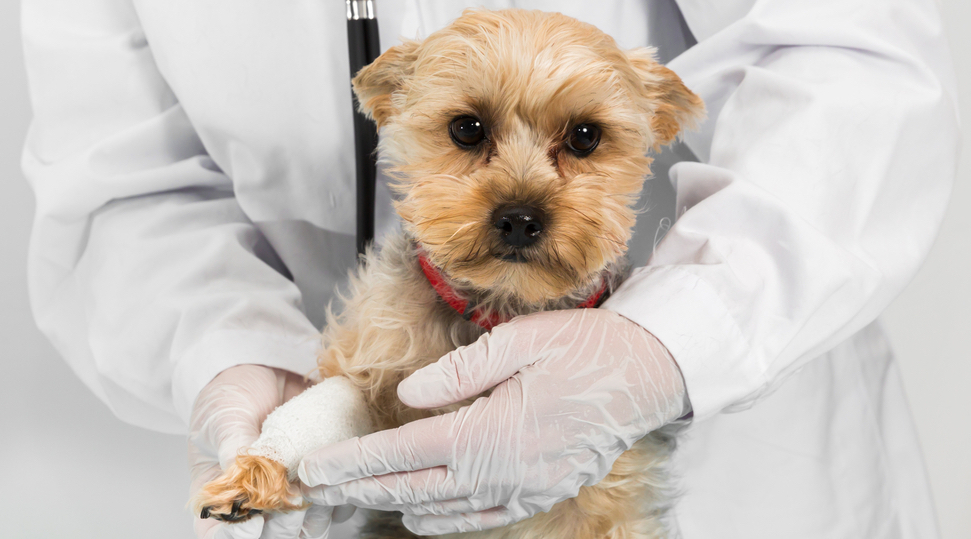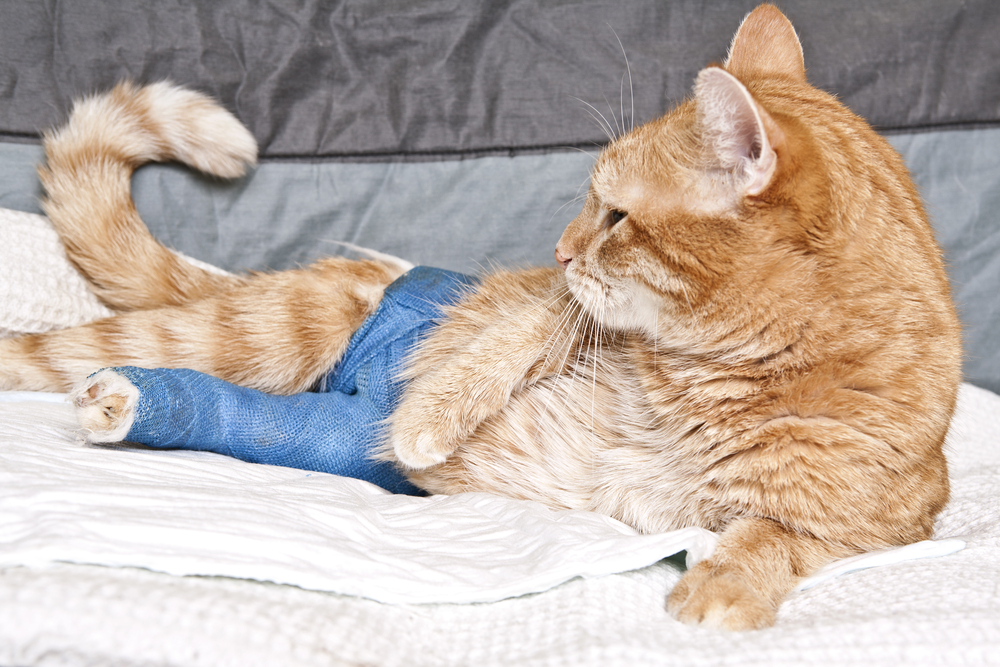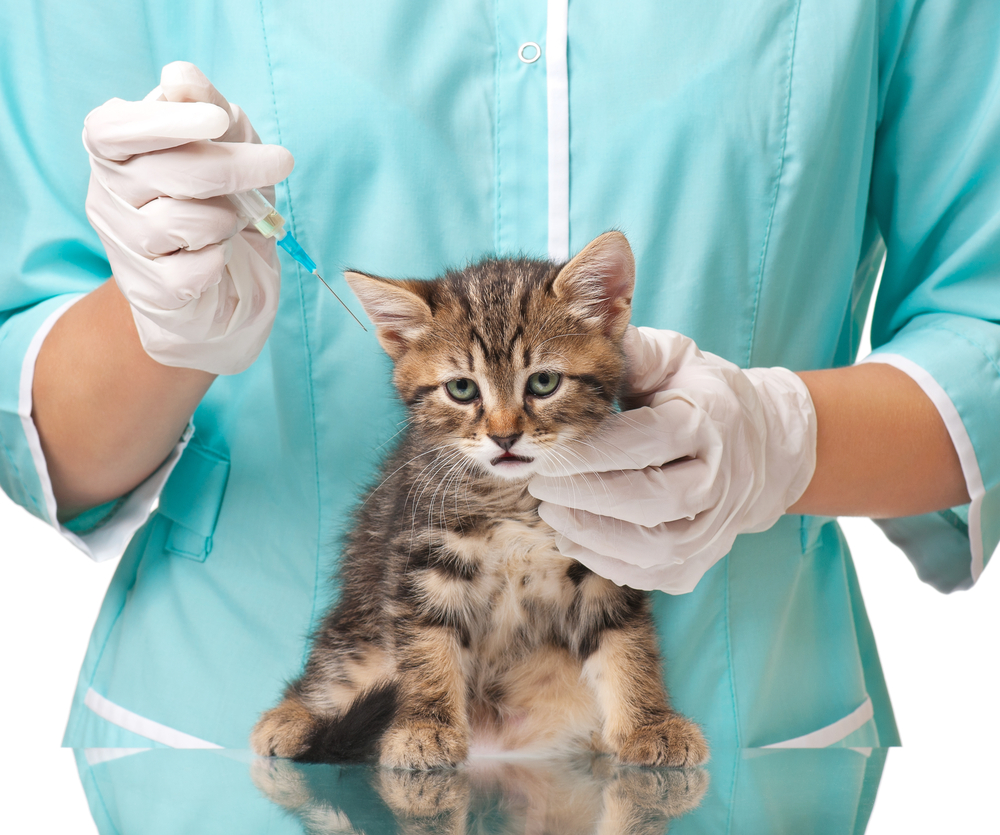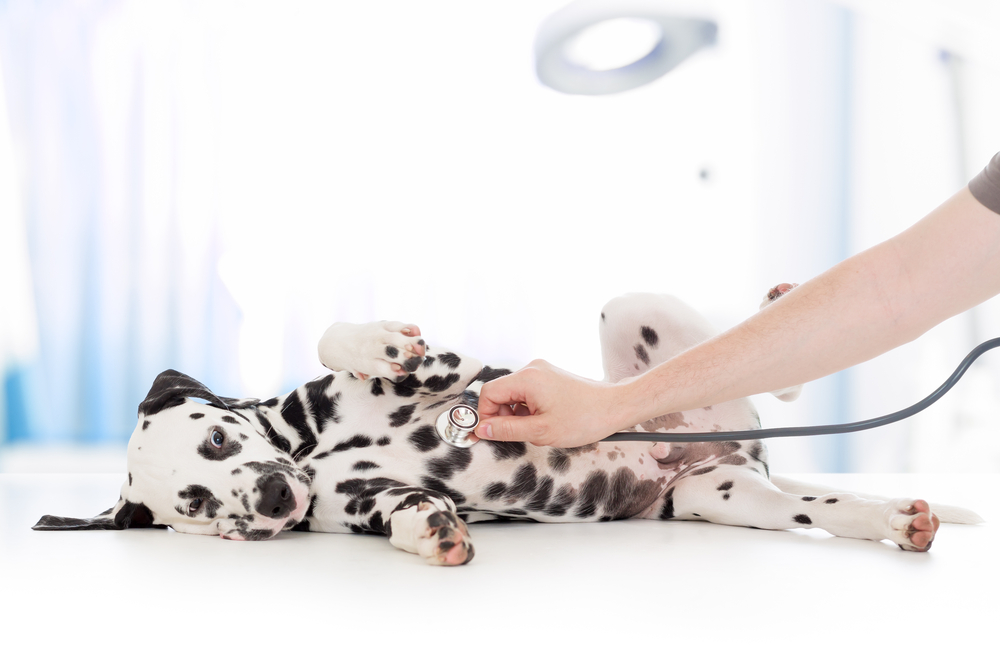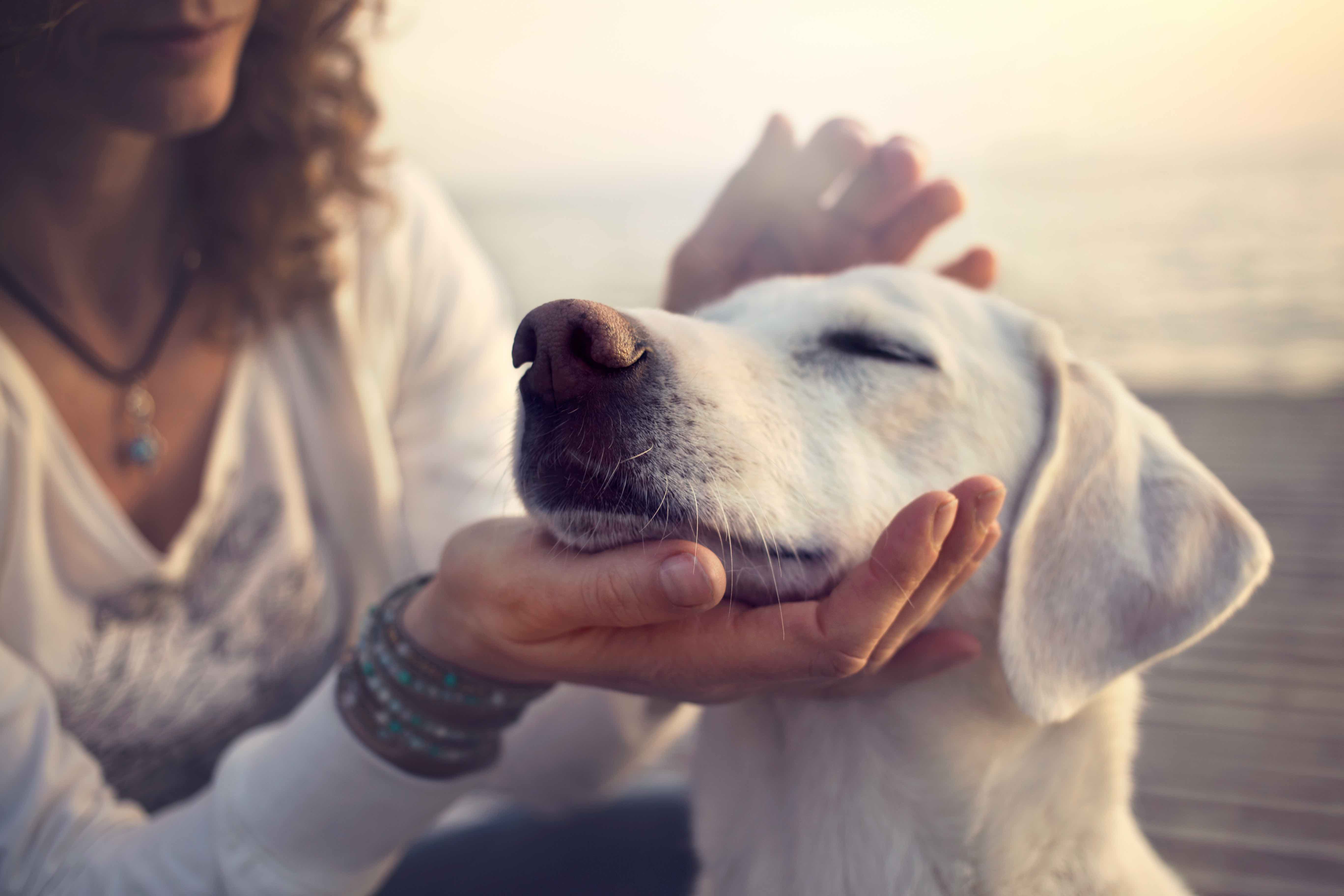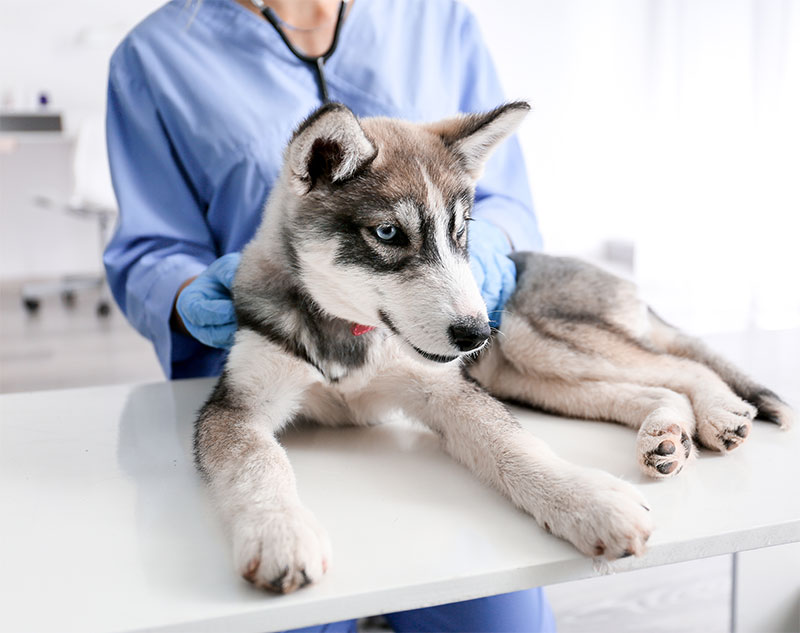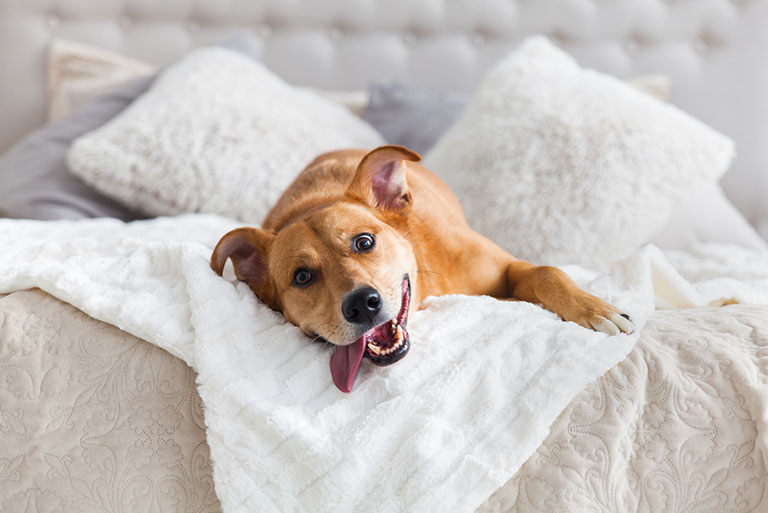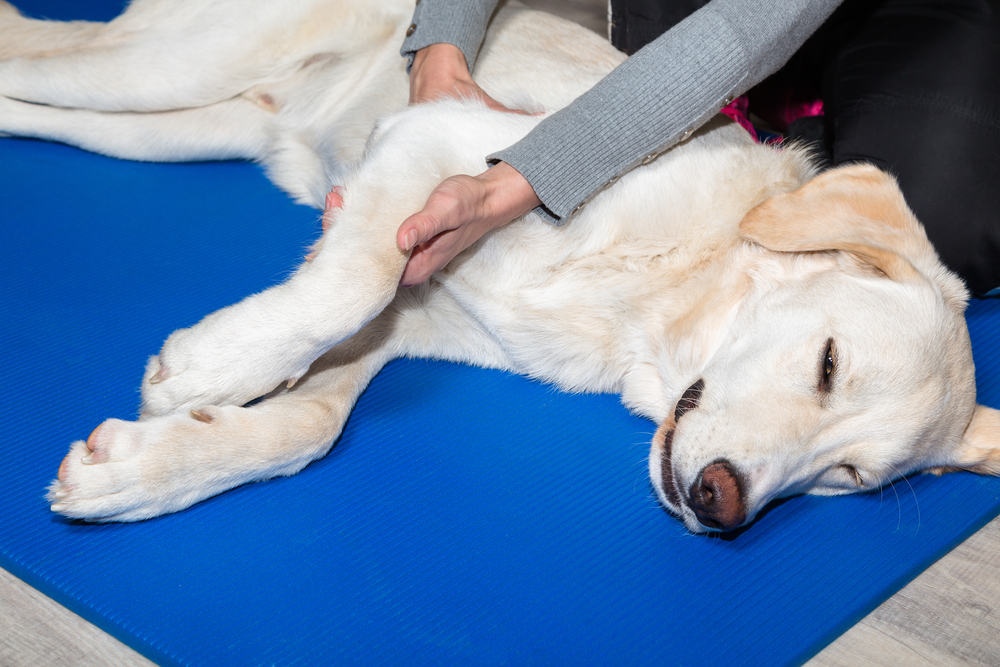Summer Outdoor Pet Safety: A Pet Parent’s Guide to Safe Adventures
Summer is finally here—and with it comes sunshine, longer days, and the perfect excuse to get outside and explore with your pets. Whether you’re planning a weekend hike, a splash in the lake, or a lazy afternoon at the park, your pet is likely right by your side, tail wagging and ready for adventure.
But while summer in Southeast Wisconsin is full of opportunities for outdoor fun, it also brings risks that every pet parent should be aware of. Heat, water hazards, pests, and terrain challenges can all affect your pet’s health and safety. At Animal Wellness Center, we’re here to provide you with practical, vet-approved tips so your pets can enjoy the season safely.
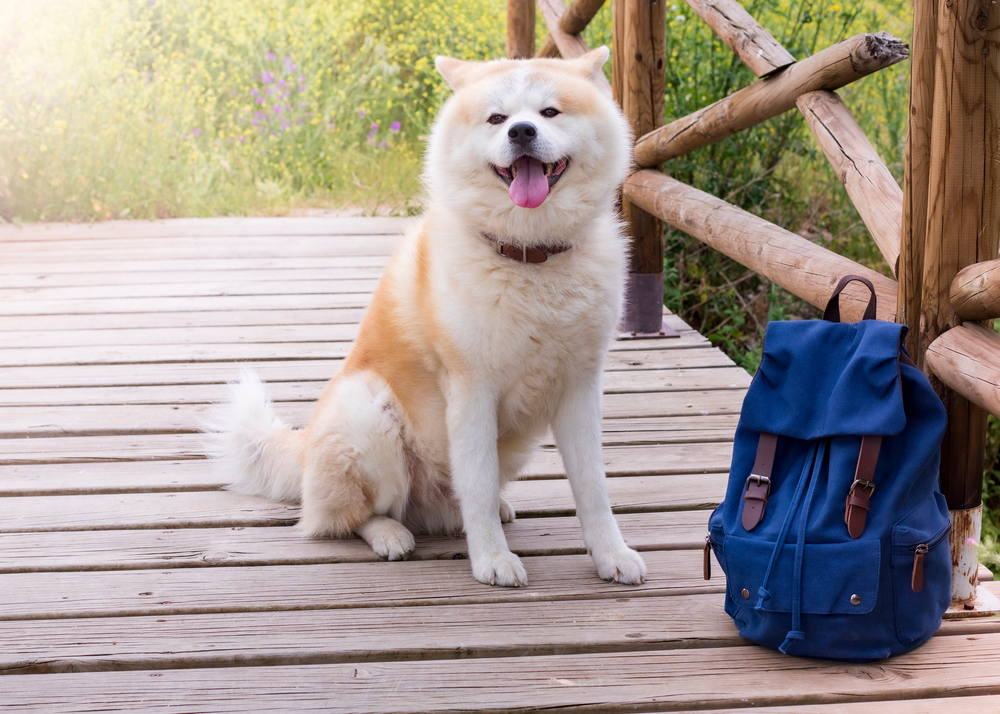
Keeping Pets Safe Near the Water: Lakes, Rivers, Ponds & Pools
Water play is a popular way to beat the heat, but not all swimming spots are safe for pets. Here’s what to keep in mind:
Not All Dogs Can Swim: Contrary to popular belief, some dogs are poor swimmers. Always supervise your pet near water, especially for breeds with shorter legs or flat faces.
Blue-Green Algae Alert: Algae blooms, especially in still or warm water, can be toxic and even fatal if ingested. Avoid letting your pet swim or drink from discolored or foul-smelling water.
Invest in a Life Jacket: Even for confident swimmers, a pet life vest is essential in deep, moving, or unfamiliar water.
Post-Swim Care: Rinse your pet off after swimming to remove bacteria, chemicals, or algae. Dry ears thoroughly to prevent infection.
Trail & Park Tips: Hiking and Exploring Safely with your Pets
From neighborhood parks to forest trails, summer invites us to roam. But nature comes with its own set of challenges:
Heat + Humidity = Danger: Pets can’t sweat like we do. Stick to early mornings or evenings to avoid peak heat, and always bring water and a collapsible bowl.
Hot Pavement Burns Paws: If the pavement is too hot for your hand, it’s too hot for your pet’s paws. Walk on grass where possible or use booties.
Ticks, Fleas & Mosquitoes: Tall grasses and wooded areas are hotspots for pests that carry Lyme disease, heartworm, and other illnesses. Make sure your pet is up to date on preventative treatments.
Leash Up & Stay Alert: Even the most obedient dog can be tempted by wildlife, unfamiliar smells, or other hikers. Keeping your pet leashed protects them—and others.
General Summer Pet Safety: Know the Signs
Pets often don’t show discomfort the way we do, so it’s important to recognize subtle signs of distress.
Signs of Overheating: Look out for heavy panting, drooling, weakness, or confusion. These can be early signs of heat exhaustion or heatstroke—conditions that require immediate cooling and veterinary care.
Hydration is Key: Make sure fresh, clean water is available at all times. Dehydration can sneak up fast in summer.
Sunburn Isn’t Just for People: Light-colored or short-haired pets can get sunburned, especially on their nose and ears. Talk to your vet about pet-safe sunscreens.
Know Your Pet’s Limits: Senior pets, flat-faced breeds, and pets with medical conditions may have a harder time regulating temperature or managing long periods of activity.
Be a Proactive Pet Parent: Schedule a Summer Wellness Visit at Animal Wellness Center Today!
The best way to enjoy a safe, happy summer with your pet is by staying prepared and informed. That means knowing your pet’s limits, watching the weather, and understanding the risks that come with each outdoor activity.
At Animal Wellness Center, we believe that informed pet parents are empowered pet parents. If it’s been a while since your pet’s last checkup, this is the perfect time to schedule a wellness visit. We’ll make sure your pet is healthy, hydrated, parasite-protected, and ready to enjoy everything summer has to offer.
Book your pet’s summer wellness appointment today—and let’s make this season the safest, happiest one yet!




